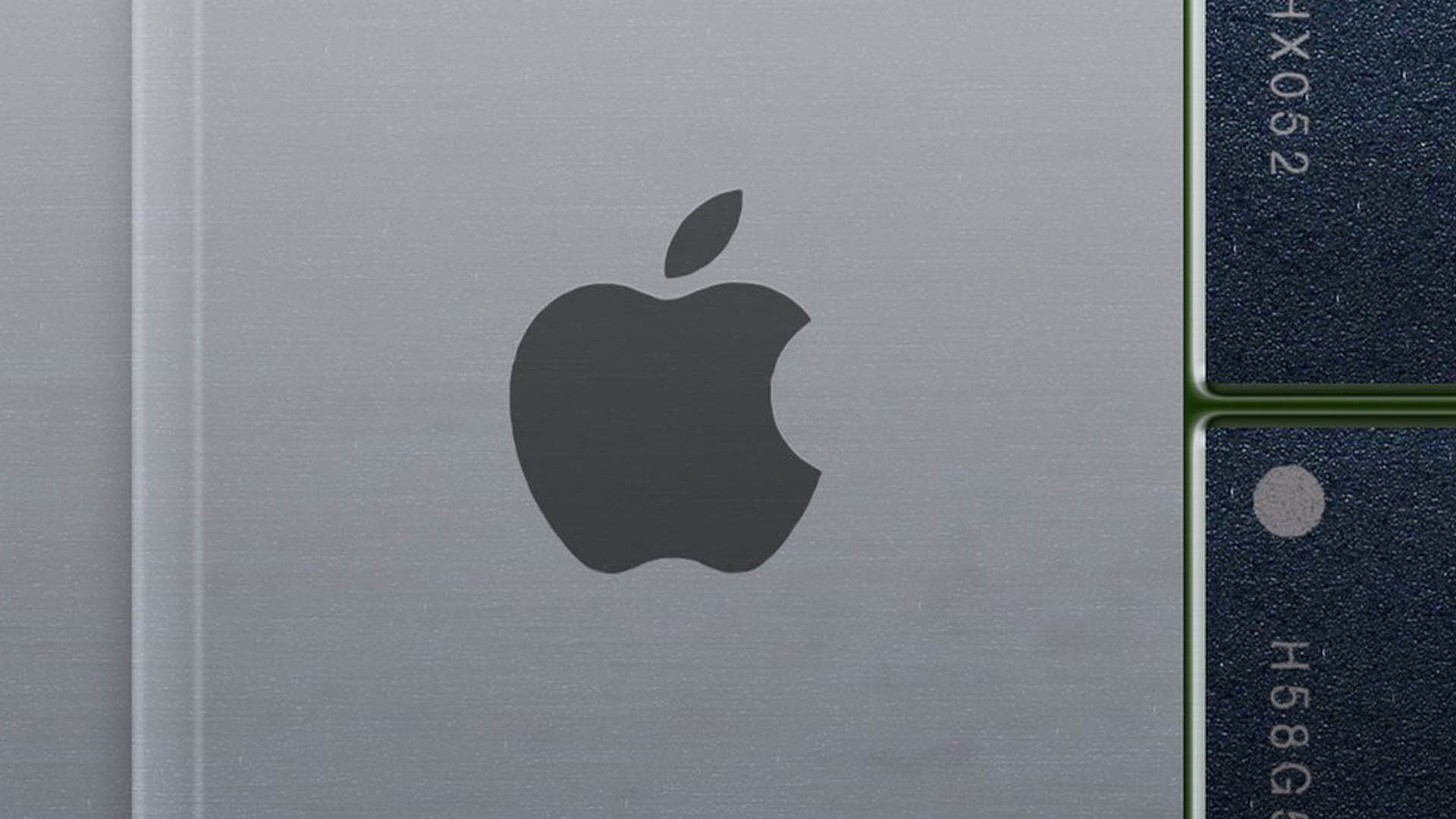Apple is preparing to shake up chip design with the A20 and A20 Pro in its upcoming iPhone 18 lineup, expected to be the first devices powered by TSMC’s groundbreaking 2nm process. But that’s not all-the tech giant is also diving into new territory with advanced chip packaging technologies for both mobile and server applications starting in 2026.
According to fresh reports, Apple will adopt Wafer-Level Multi-Chip Module (WMCM) packaging for its A20 and A20 Pro chips. 
This method lets Apple integrate components like CPUs, GPUs, and memory directly at the wafer level before slicing them into individual chips, enhancing performance while keeping a compact footprint. The result? Smaller, more efficient, and easier-to-manufacture SoCs that retain the flexibility to mix and match various components.
Production of these new chips will be handled by TSMC at its new Chiayi P1 plant in Taiwan, with plans to produce around 10,000 wafers per month by 2026. While no other companies are currently confirmed to use WMCM, Apple appears to have exclusive access-at least for now.
On the server side, Apple will pivot to TSMC’s System on Integrated Chips (SoIC) packaging. Unlike WMCM, SoIC allows two advanced chips to be stacked vertically, enabling high-density interconnects. This method significantly reduces latency, boosts performance, and improves energy efficiency-perfect for Apple’s powerful server chip ambitions.
These SoIC-packaged server chips will be mass-produced at TSMC’s Zhunan AP6 facility, with volume production expected to ramp up by late 2025. Industry whispers suggest this innovation could debut in Apple’s M5 Pro and M5 Max chipsets, marking another leap forward in Apple’s silicon journey.
With both WMCM and SoIC in its future, Apple is once again proving it’s not just riding the chip wave-it’s helping shape it.